We talk a lot.
We do little.
We talk about pollution, about global warming, we talk about toxins, contaminants, about water, about plastic… talk, talk, talk.
The deniers of global warming say it isn’t happening, that it’s a fraud. But all the evidence points to global warming as a fact.
Global warming doesn’t just mean the sea levels rise; sure that’s bad for those who live in coastal cities. Sea food chains in the oceans are changing with a resulting effect on man’s food supply. But there is something more sinister, much more sinister to consider.
As icecaps melt, permafrost thaws…
30,000-year-old giant virus ‘comes back to life’

The virus was inactive for more than 30,000 years until it was revived in a laboratory in France
An ancient virus has “come back to life” after lying dormant for at least 30,000 years, scientists say.
It was found frozen in a deep layer of the Siberian permafrost, but after it thawed it became infectious once again.
The French scientists say the contagion poses no danger to humans or animals, but other viruses could be unleashed as the ground becomes exposed.
The study is published in the Proceedings of the National Academy of Sciences (PNAS).
Professor Jean-Michel Claverie, from the National Centre of Scientific Research (CNRS) at the University of Aix-Marseille in France, said: “This is the first time we’ve seen a virus that’s still infectious after this length of time.”
Biggest virus
The ancient pathogen was discovered buried 30m (100ft) down in the frozen ground.
Called Pithovirus sibericum, it belongs to a class of giant viruses that were discovered 10 years ago.

The virus infects amoebas but does not attack human or animal cells
These are all so large that, unlike other viruses, they can be seen under a microscope. And this one, measuring 1.5 micrometres in length, is the biggest that has ever been found.
The last time it infected anything was more than 30,000 years ago, but in the laboratory it has sprung to life once again.
Tests show that it attacks amoebas, which are single-celled organisms, but does not infect humans or other animals.
Co-author Dr Chantal Abergel, also from the CNRS, said: “It comes into the cell, multiplies and finally kills the cell. It is able to kill the amoeba – but it won’t infect a human cell.”
However, the researchers believe that other more deadly pathogens could be locked in Siberia’s permafrost.
“We are addressing this issue by sequencing the DNA that is present in those layers,” said Dr Abergel.
“This would be the best way to work out what is dangerous in there.”
‘Recipe for disaster’
The researchers say this region is under threat. Since the 1970s, the permafrost has retreated and reduced in thickness, and climate change projections suggest it will decrease further.
It has also become more accessible, and is being eyed for its natural resources.
Prof Claverie warns that exposing the deep layers could expose new viral threats.
He said: “It is a recipe for disaster. If you start having industrial explorations, people will start to move around the deep permafrost layers. Through mining and drilling, those old layers will be penetrated and this is where the danger is coming from.”
He told BBC News that ancient strains of the smallpox virus, which was declared eradicated 30 years ago, could pose a risk.
“If it is true that these viruses survive in the same way those amoeba viruses survive, then smallpox is not eradicated from the planet – only the surface,” he said.
“By going deeper we may reactivate the possibility that smallpox could become again a disease of humans in modern times.”
He said: “It is a recipe for disaster. If you start having industrial explorations, people will start to move around the deep permafrost layers. Through mining and drilling, those old layers will be penetrated and this is where the danger is coming from.”
He told BBC News that ancient strains of the smallpox virus, which was declared eradicated 30 years ago, could pose a risk.
“If it is true that these viruses survive in the same way those amoeba viruses survive, then smallpox is not eradicated from the planet – only the surface,” he said.
“By going deeper we may reactivate the possibility that smallpox could become again a disease of humans in modern times.”
However, it is not yet clear whether all viruses could become active again after being frozen for thousands or even millions of years.
“That’s the six million dollar question,” said Professor Jonathan Ball, a virologist from the University of Nottingham, who was commenting on the research.
“Finding a virus still capable of infecting its host after such a long time is still pretty astounding – but just how long other viruses could remain viable in permafrost is anyone’s guess. It will depend a lot on the actual virus. I doubt they are all as robust as this one.”
He added: “We freeze viruses in the laboratory to preserve them for the future. If they have a lipid envelope – like flu or HIV, for example – then they are a bit more fragile, but the viruses with an external protein shell – like foot and mouth and common cold viruses – survive better.
“But it’s the freezing-thawing that poses the problems, because as the ice forms then melts there’s a physical damaging effect. If they do survive this, then they need to find a host to infect and they need to find them pretty fast.”

Opinion:
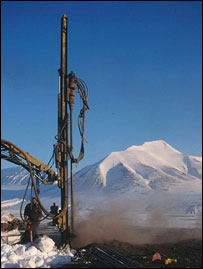
Drilling into the permafrost
Once again, man has no idea what he is doing. It doesn’t matter if it is climate change, global warming; what matters is our exploration deep into the permafrost for oil and gas.
Once you penetrate and disturb the permafrost it melts. Once it melts it becomes the above scenario.
We have no idea of the ancient threats that may lurk beneath.
We just want to get our dirty little hands on the oil, gas and mineral resources.
Currently, the discovered virus doesn’t effect humans, but who knows what other viruses or bacteria lie hidden, just waiting their chance to wreck havoc.
Have you any idea how much of the planet is covered in permafrost? I would guess not. Look at this…

That’s a lot of the planet. Too much of the planet to ignore. Too much to be left to the corporations without conscience, too much to be entrusted to governments.
There has to be a total moratorium over these vast areas that prohibits any form of penetrating the ground.
Because if we don’t we have no idea of the possible devastation we could release prematurely on mankind.
If they do, do we have the tools to combat them, or will it be another race against time like HIV?












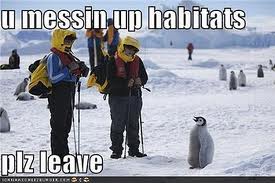










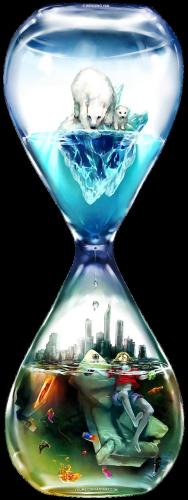
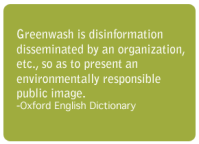


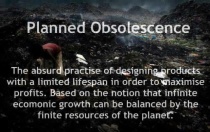





Recent Comments